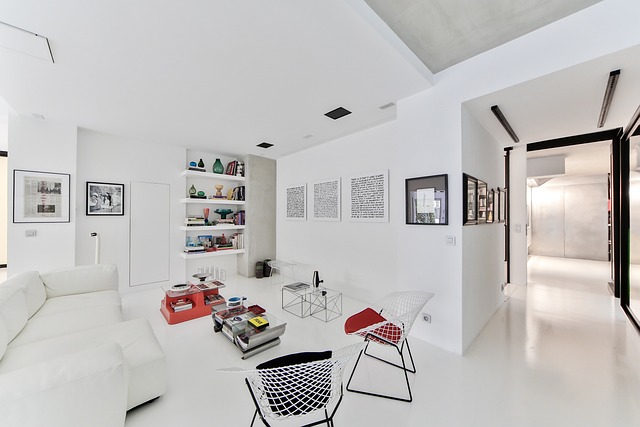Exploring the Fusion of Art and Design in New Scandinavian Architecture
In the realm of new Scandinavian design, a captivating interplay between art and architecture unfolds, offering a refreshing perspective on modern living. The essence of this movement lies in its profound simplicity, functionality, and a keen respect for nature, all seamlessly interwoven to create spaces that are not only aesthetically pleasing but also deeply resonant with their surroundings.
The Aesthetic Appeal of Scandinavian Art
Scandinavian art has long been celebrated for its striking ability to evoke emotions while maintaining a sense of minimalism. This art form emphasizes clean lines, natural materials, and a muted color palette, all of which inspire architects and designers alike. As you walk through new Scandinavian architectural marvels, you may notice how buildings serve as canvases for creativity, embodying artistry in their very structure.
From the sculptural forms of modern buildings to the delicate craftsmanship seen in furniture design, every element is thoughtfully curated. Artists and architects collaborate to create not just individual pieces but entire environments that tell a story—one that is rooted in the history and culture of the region.
The Functionality of Scandinavian Design
At the heart of new Scandinavian design is the principle of functionality. Scandinavian architects understand that beauty must serve a purpose. Open floor plans, multifunctional spaces, and the integration of nature are hallmarks of this movement. These designs promote a lifestyle that prioritizes well-being, embracing light and air to foster comfort and serenity.
When walking through these spaces, you may notice windows positioned to frame picturesque outdoor views or materials carefully chosen for their textures and sustainability. This attention to detail reflects a commitment to a harmonious coexistence with the environment—a philosophy that resonates deeply with the Scandinavian ethos.
The Harmony of Art and Structure
In new Scandinavian architecture, the boundary between art and structure blurs beautifully. Artists contribute to the facades of buildings, and sculptures are often integrated into public spaces, inviting interaction from the community. This fusion not only enhances the visual landscape but also enriches the cultural fabric of cities, making art more accessible to the public.
Museums, galleries, and civic spaces are designed with a sense of purpose, encouraging community engagement and dialogue. Visitors often find themselves immersed in a world where architecture and art collaborate to create enriching experiences—an embodiment of the Scandinavian belief that good design should improve lives.
The Influence of Nature
Furthermore, nature plays a pivotal role in the dialogue between art and design in Scandinavian architecture. Built environments are often designed to include green spaces, gardens, and natural elements, providing a respite from urban life. The use of organic materials, such as wood and stone, reflects an intimate connection to the land, blending human creativity with the natural world.
This ethos fosters a sense of tranquility and encourages an appreciation for the beauty of the environment. As individuals experience these spaces, they are reminded of the importance of sustainability and the responsibility we share in preserving our planet.
New Scandinavian design stands at a fascinating intersection of art and architecture, where both elements enhance and elevate one another. The dialogue continues to evolve as contemporary architects push the boundaries of what defines beauty and functionality in our built environment. Every new project and design choice invites us to reflect on our relationship with space, art, and the natural world, making this movement an exciting and transformative aspect of modern architecture.




